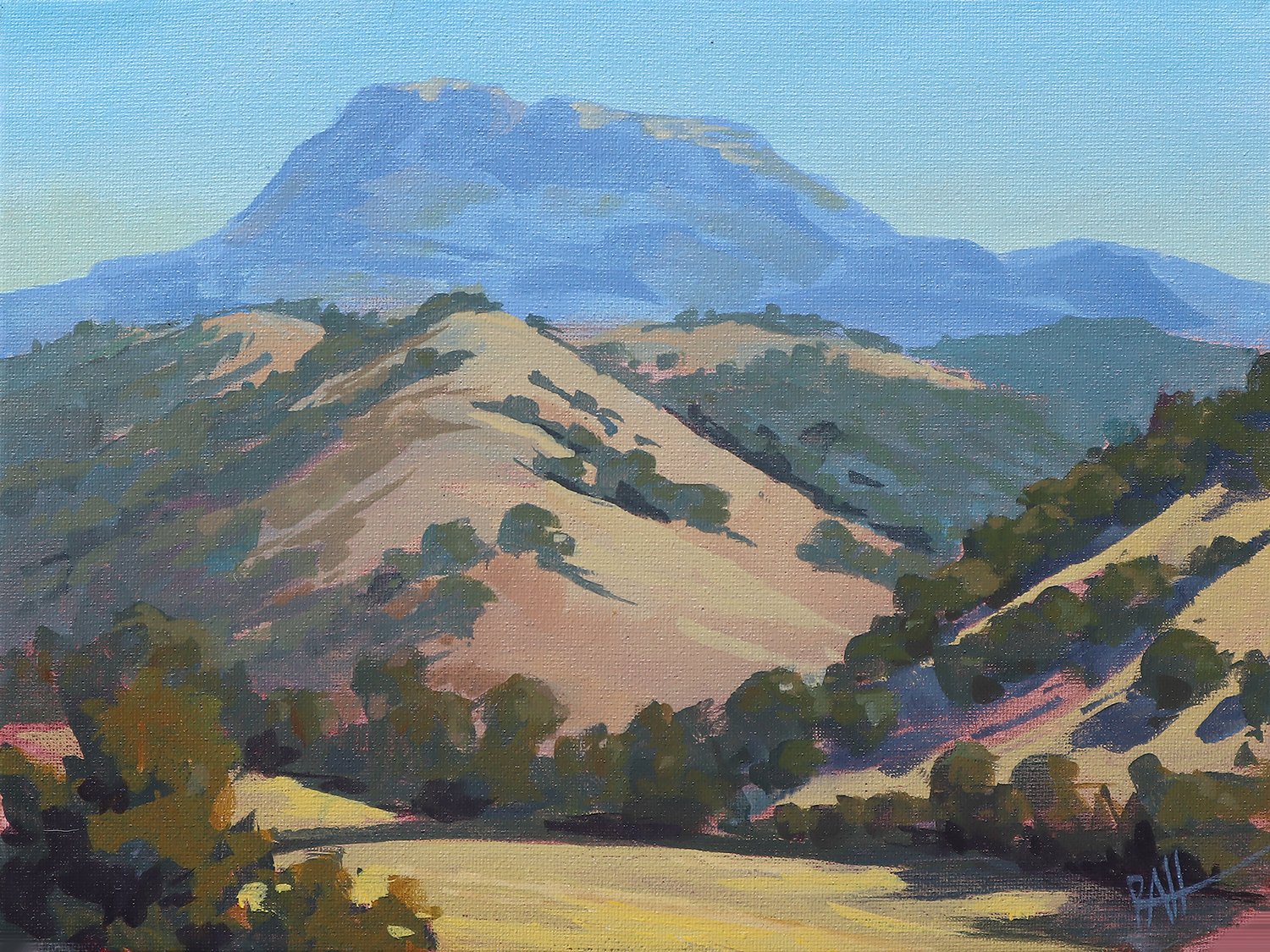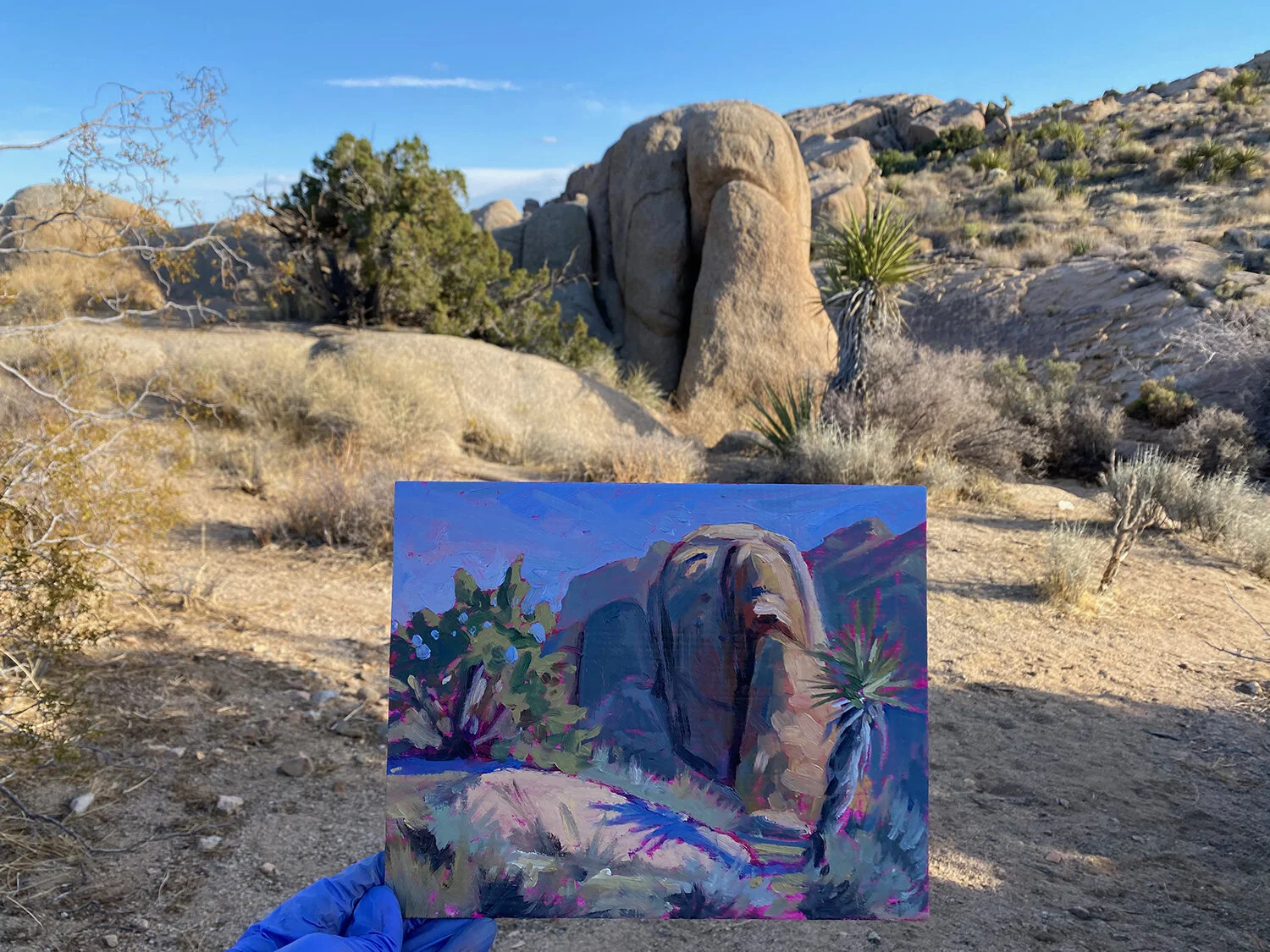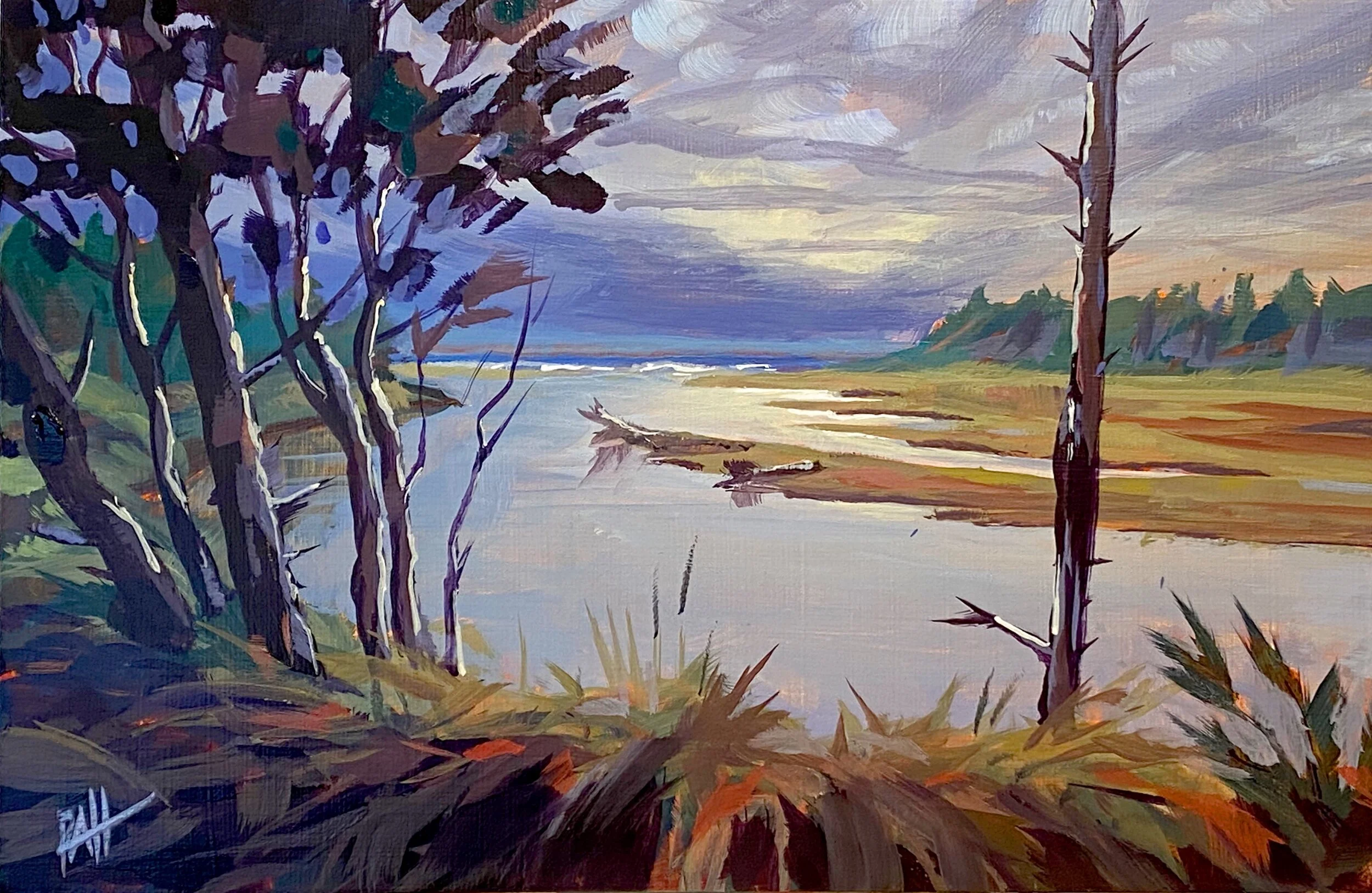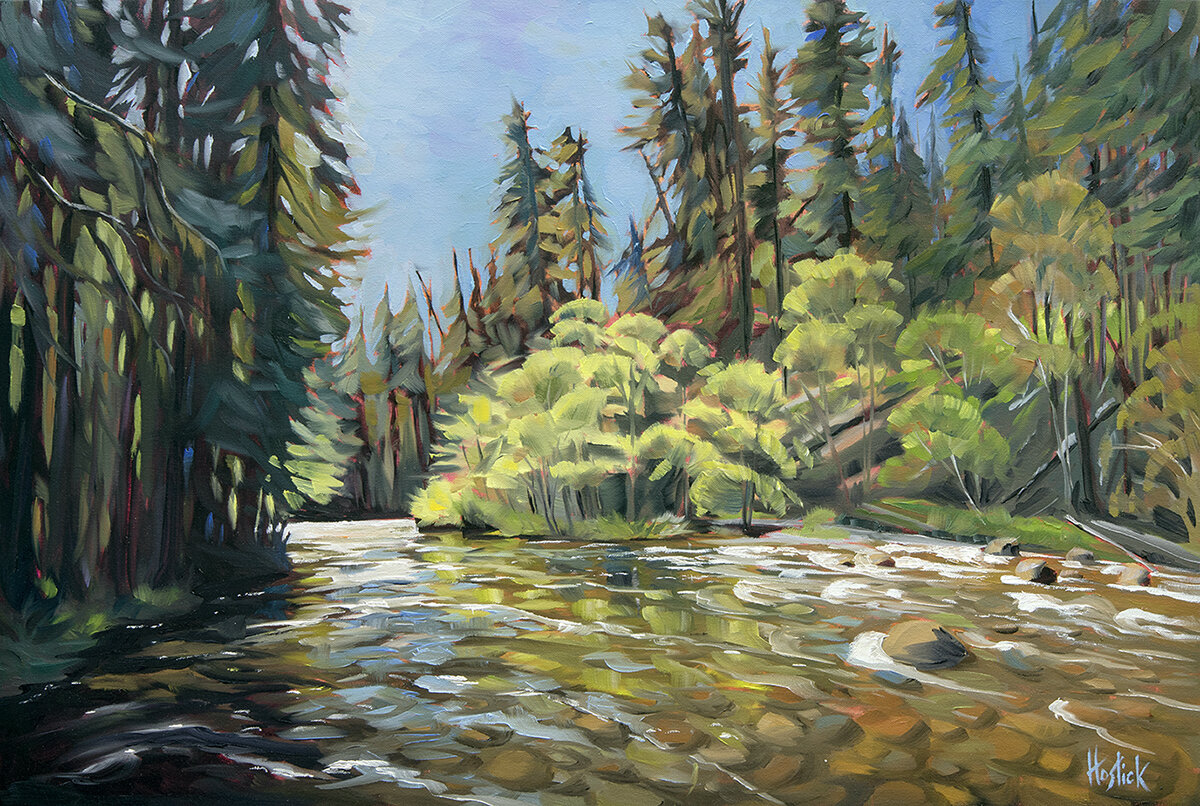Today is winter solstice. The candles are lit and we’re settling in for 15 hours and eight minutes of night. Outside, holiday lights glitter in the mist and raindrops patter against the windowpanes. On stormy days here in western Oregon even the daylight itself makes a half-hearted appearance, as though the sun would rather sleep in.
I don’t know about you, but this time of year I start yearning for southern latitudes and a little warmth. Not happening in 20-crap-20, but guess what? There’s an even better way to cope.
It’s called hygge (rhymes with “shugah”). I’m sure you’ve heard it already. You know, the “Danish and Norwegian word for a mood of coziness and comfortable conviviality with feelings of wellness and contentment?” Compared to the Danes and Norwegians, we’ve got it pretty easy in the weather department, so I assume they know what they’re talking about.
It’s all about snuggling in with a hot toddy, a good book, and a little open flame (preferably away from the canvas and paint solvents). Rather than feeling depressed about the terrible weather and cold, you turn that frown upside down and think about how lucky you are not to be out there in it. And then you think about all the people who are, and compassion kicks in, and pretty soon there’s no room at all in your emotional brain for gloom and self-pity. Instead, you’re filled with a desire to share, to help, and to be close to the people you care about.
Okay, so that last part isn’t really part of hygge, but I think it’s true anyway.
Technically, winter has just begun. But here are two fun facts to cheer you up:
From now on, we’ll have more and more daylight every day for six whole months!
Every day for the rest of the year will be longer than today!
How’s that for glass half full?
You see, without darkness, there is no light.
This fall, it’s been fun and fascinating to paint through the season and feel just how true that is. Sure, we’re drawn to the light: bright homes, bright colors, and bright lights. I’m personally a huge fan of light, I must say.
But a painting with only light tones has no contrast, no drama, and often very little interest. A painting that’s “filled with light” in fact needs quite a bit of dark to make it work.
I’ve been playing with this idea by pushing values in my paintings lighter and darker in different combinations to observe the effects. Interestingly, a landscape scene that might otherwise appear fairly flat and uninteresting, for example on a cloudy day, is actually filled with drama if you look for it. Even the most seemingly mundane scene becomes a playground for light.
I know that might sound a little vague, so here’s a practical example.
First, it’s helpful to point out that we actually see with our brains, not with our eyes. Yes, of course our eyes sense light, but it’s our brain that makes sense of it and creates the phenomenon we perceive as light or darkness. It’s not simply a matter of detecting light and dark but interpreting patterns in ways that have the best chance of correctly showing us what’s out there, based on a lifetime of experience.
The image below appears to be two breath mints. Which one is darker, the top or the bottom? Now, take your finger and block out the middle area where the two objects meet. What do you see?
If you see that the top and bottom planes are actually the same value, you’re right! This is called the Cornsweet Illusion after a guy named Tom Cornsweet who described the phenomenon in the late 1960s. Even if you’ve seen this illusion before, or other ones like it, it’s still kind of a thrill to peek behind the curtain at how your brain works.
Even knowing these phenomena – and there are many – doesn’t necessarily make it any easier to come up with a successful painting. Observation is key, but at some point, I’ve found that it isn’t quite enough because the information your brain is giving you – and hence what you might be tempted to paint – isn’t always the best way to present a subject.
Conversely, our visual processors can be hacked. That’s essentially what an optical illusion does in a controlled way. A skilled artist can do the same thing, but without the viewer ever knowing what’s happening.
I’m finding that winter is a great time to learn more about controlling values in a painting. Colors change, things get wet, the angle of light is lower, and everything is, well, darker. Winter is either all hard edges and deep shadows, or everything is flat and soft with fog and overcast skies (snow is a different thing altogether, but I’ll get into that another time).
Back in math class, do you remember looking up answers in the back of your textbook to check your work? Here’s a little technology hack I use to check my work for values in a painting. By desaturating the image (removing all the color to create a purely black and white image) I can see immediately if my painting contains a full range of values.
Generally, the more intense contrast will be closer to the viewer, i.e. the darkest darks are close, and the lightest lights are either the light source or highlights. Paintings that contain a full range of values – in the right places – feel most intense and alive.
In the example below, the tree and the deepest shadows in the foreground are nearly black. But take a look at the yellow leaves of the vine maple. In the color version, the eye is drawn to the leaves because of the intense, warm color. But in the desaturated image, it becomes quite clear the lightest value is actually the tiny patch of sky seen through the trees. That gives the painting an extra layer of depth that wouldn’t exist without the full range of values.
October Gold by Robin Hostick (original and desaturated image)
ACRYLIC ON PANEL, 16 x 12 in.
I’ll probably end up painting a few warm, summer scenes to chase away the winter blues, but in the spirit of hygge, I plan to embrace the darkness and see what it has to teach me. I’ll continue to post a few fresh works on Instagram or Facebook if you’d like to see how the winter painting is coming along. Otherwise, I’m preparing a set of new works to be uploaded to this website as well.
In the meantime, I hope you all get a chance to spend time with people you love over the holidays – at least virtually – and to count your many blessings. Wishing you the very best of health, happiness and hygge!






























